“When a government hides its work from public view, hands out jobs and money to political cronies, administers unequal justice, looks away as corrupt bureaucrats and businessmen enrich themselves at the people’s expense, that government is failing its citizens,” stated U.S. Secretary of State Hillary Clinton during the opening of the multi-country Open Government Partnership (OGP) Forum last week. She described the new OGP “as a network of support for those leaders and citizens working to bring more transparency and accountability to governments worldwide. This can be a lonely, sometimes even dangerous, task. But through this partnership, we hope to change that.”
And the forum’s co-chair, Brazilian Minister of Foreign Affairs Antonio Patriota, also stressed that through such multilateral cooperation the OGP could play a role in stimulating innovation, improving the quality of public services and contributing to national efforts in governmental transparency. Throughout the forum, governmental and non-governmental representatives from around the world emphasized the important role that civil society organizations can play in encouraging openness, empowering citizens and promoting change through their own transparency initiatives.
The OGP Forum was an auspicious start to an ambitious project. However, achieving global transparency remains long and challenging, and only over time will the concrete contribution of this initiative be seen. Yet, this inaugural forum showcased exciting initiatives and raised important questions, such as how to effectively build networks of governments, foster cooperation with civil society organizations, identify targeted reforms and use technology to foster a transparent environment.
Many governments have already made great strides in promoting transparency: For example, Brazil is now disseminating information on government spending and fund transfers data through their Transparency Portal; the U.S. has embarked on efforts to publicly account for Recovery Act spending; and Kenya has published its national census, government expenditure and parliamentary proceedings data through its new Open Data Portal.
Civil society actors around the world are working to further the transparency agenda in diverse ways. India’s NGO MKSS combats graft stemming from the implementation of the National Rural Employment Guarantee Act by painting employment and building material costs on walls outside of construction projects in rural areas. Ushaidi Kenya maps citizen reports of acts of violence, while Chile’s innovative Ciudadano Inteligente promotes transparency and active citizen participation through new web technologies.
The OGP offers an opportunity for governments from around the world to share best practices in transparency reforms and the inclusion of both governmental and non-governmental participants facilitates collaboration between key stakeholders. Civil society organizations could continue to nudge governments toward increased transparency, as well as complement and reinforce ongoing reforms by disseminating information to the public and monitoring implementation. For instance, in Slovakia, the Fair-Play Alliance’s Z Nasich Dani (From Our Taxes) new online tool, which discloses the names the individuals behind companies who do business with the government, is complementary to the Slovak government’s online publication of public service contracts by allowing citizens to dig deeper into the relationship between companies and the state.
The OGP is also working to identify the transparency reforms to promote. The OGP used four criteria (fiscal transparency, access to information, senior official disclosure and citizen engagement) to identify around 80 eligible countries, but it is no secret that each country finds itself at a different level of openness. Although it is noteworthy that the criteria extended beyond the existence of e-government to encompass deeper forms of transparency, the OGP will still need to strike a balance between emphasizing country-led solutions while encouraging deeper reforms and discouraging “open government” rhetorical window-dressing. It is reasonable to expect very different paths; some countries may initially focus reforms in “high-risk” sectors, such as in the extractive sector in resource-rich countries, while others may focus first on engaging the citizenry in the policymaking process. Either way, it is important to attain broad consensus regarding what constitutes concrete progress, versus mere pronouncements or decrees on paper only.
The important role of transparency reforms in combating corruption was the subject of a specialized panel at the OGP forum. For transparency to have more substantial impact on anti-corruption and development, deeper reforms may be needed. For instance, publishing official statistics and general budget data online can be a first step, but one ought not declare “premature victory” after tackling such generic “low hanging fruits.” Indeed, well implemented freedom of information laws or well disseminated budgetary and procurement details at the project and municipal level can be expected to have larger effects. Furthermore, there can be large payoffs to tackling the more politically difficult reforms, such as transparency in the drafting of laws and in policymaking, campaign finance, lobbying, the disclosure of officials’ assets, and fully disclosing which powerful private sector and media executives the leaders of government meet regularly with.
New technologies are only part of the answer. Twenty-first century technology has simplified and accelerated information dissemination and has lead to a new set of cost-effective and interactive tools that make it easier for the public to engage with the data. Many existing open data platforms can easily be adapted to visualize different datasets at a relatively low cost. For instance, the United States and Kenya now use the same platform to publish their government data. However, as the open government agenda evolves, there is the risk of becoming hypnotized by technological wizardry at the expense of the availability, timeliness and accuracy of the most relevant types of information.
In this context, civil society groups, think tanks and researchers may play a role in reviewing the quality of information and data being disclosed (or withheld), in monitoring and analyzing information citizens deem the most relevant, and in constructing and disseminating user-friendly worldwide transparency and governance databases. Yet we also need to be mindful that country context matters. Online tools may be helpful in many situations, but in others putting information on a wall or disseminating it through community radio or a mobile text message may be a more effective in reaching people.
Research and experience suggest that there are links between transparency, combating corruption and more robust democratic institutions. The OGP represents an opportunity to further the openness agenda by bringing governmental and non-governmental partners together to share experiences that could inform and complement the implementation of transparency reforms at home. Last week’s OGP kick-off forum was a positive step toward global transparency.
But it was a first step. Significant work lies ahead in the months to come. The first order of business is to get the OGP formally and concretely off the ground. Led by their founding country members (Brazil, Indonesia, Mexico, Norway, Philippines, South Africa, the United Kingdom and the United States – and hopefully India decides to rejoin), the OGP is expected to be formally launched by country leaders during the upcoming United Nations meetings in late September in New York. In parallel, the critical role of civil society needs to be concretely detailed, and governments from eligible countries have to formally join the OGP and be prepared to make transparency reform commitments that can be mutually reinforced and monitored.
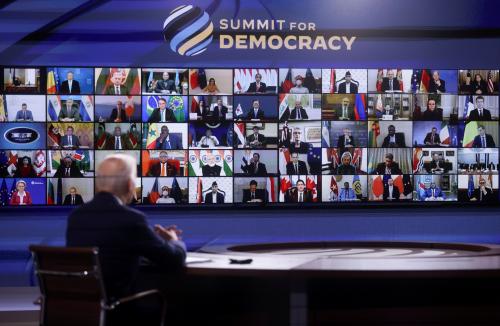
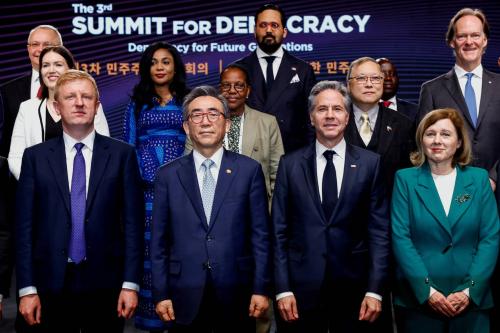


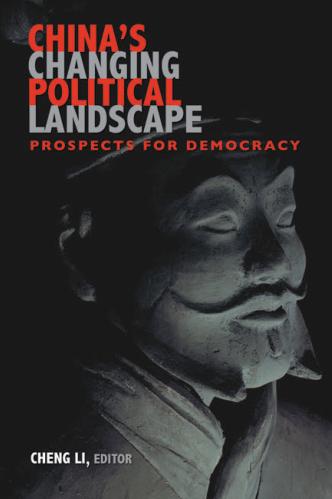
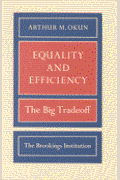

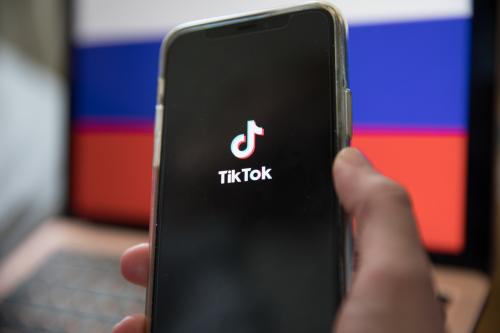
Commentary
Op-edOpen Government Partnership: First Steps and the Road Ahead
July 19, 2011